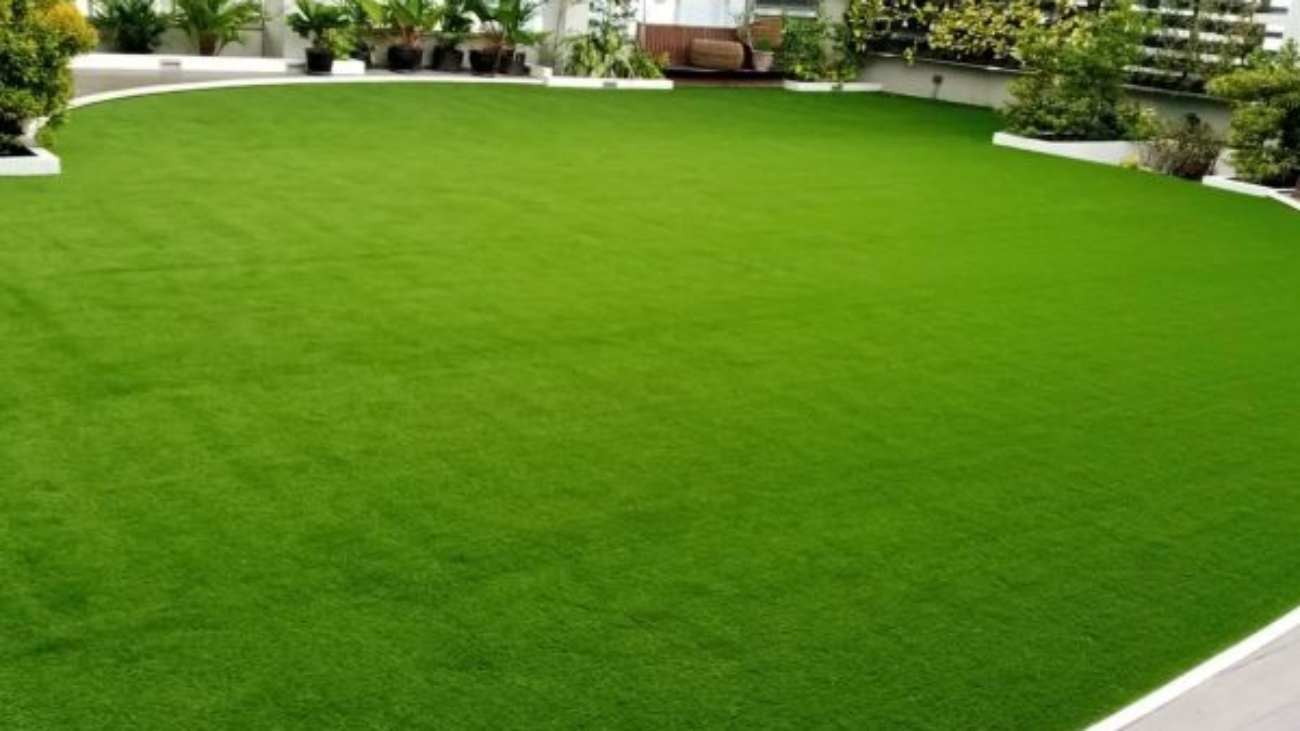Are you looking to transform your space in the Philippines into a green and eco-friendly oasis? Whether it’s for your home, office, or a commercial property, artificial grass and plants can be the answer. In this blog, we’ll explore the benefits of choosing a Turf Artificial Grass and Plants Supplier in the Philippines, providing you with the green solution you’ve been searching for.
Benefits of Artificial Grass in the Philippines
Water Conservation
In the tropical climate of the Philippines, water conservation is a top concern. Artificial grass is an excellent way to maintain a lush green lawn without the need for excessive watering. Save water, and help the environment while enjoying a beautiful green space.
Low Maintenance
Artificial grass requires minimal maintenance compared to natural grass. Forget about mowing, weeding, or dealing with pests. Spend more time enjoying your lawn and less time working on it.
Aesthetic Appeal
Artificial grass adds an instant aesthetic appeal to any space. It remains green and vibrant throughout the year, enhancing the visual appeal of your property. Say goodbye to brown patches and hello to a lush, green landscape.
Advantages of Artificial Plants
Indoor and Outdoor Use
Artificial plants are incredibly versatile and can be used both indoors and outdoors. They add a touch of nature to any space, be it your living room, office, or outdoor patio. Create a green oasis wherever you desire.
Zero Maintenance
Unlike real plants, artificial plants require no watering, sunlight, or trimming. They look fresh and vibrant all the time, without the need for any maintenance. This makes them perfect for busy individuals or anyone who lacks a green thumb.
Customization
At Turf Artificial Grass and Plants Supplier, we offer a wide variety of artificial plant arrangements, allowing you to customize your space as you see fit. Create unique and attractive displays that suit your style and preferences.
Product Features and Options
Our artificial grass and plants come with a range of features to meet your needs:
- UV-Defending Character: Our products are designed to withstand the harsh UV rays of the Philippines, ensuring they remain vibrant and attractive.
- Lead-Free and Non-Toxic: We prioritize the health and safety of our customers, offering artificial grass and plants that are lead-free and non-toxic.
We provide artificial grass in various roll sizes, including:
- 2 meters x 5 meters
- 2 meters x 10 meters
- 2 meters x 15 meters
- 2 meters x 20 meters
Eco-Friendly and Health Benefits
Our artificial grass and plants offer eco-friendly benefits, contributing to a greener and healthier environment. By opting for artificial solutions, you reduce the need for harmful pesticides and excessive water use, making it a more sustainable choice. Our products are designed to protect your health, being lead-free and non-toxic.
Customer Testimonials and Success Stories
Don’t just take our word for it. Read what our satisfied customers in the Philippines have to say about our products and services. Discover how Turf Artificial Grass and Plants have transformed their spaces into green and inviting environments.
Installation and Maintenance Tips
For those considering artificial grass and plants, we offer tips on installation and maintenance. Learn how to install them properly and keep them looking their best with minimal effort.
Why Choose Turf Artificial Grass and Plants Supplier
At Turf Artificial Grass and Plants Supplier, we pride ourselves on providing the best quality artificial grass and plants in the Philippines. Our products are UV-defending, lead-free, and non-toxic, offering an eco-friendly and health-conscious solution for your space. Choose us for superior quality, customization options, and a commitment to creating modern and relaxing environments.
Takeaway
In the Philippines, Turf Artificial Grass and Plants Supplier offers a green solution for your space, whether it’s your home, office, or commercial property. Say goodbye to the hassles of natural grass and plants and hello to a low-maintenance, eco-friendly, and aesthetically pleasing alternative. Contact us today to start transforming your space into a green oasis.









